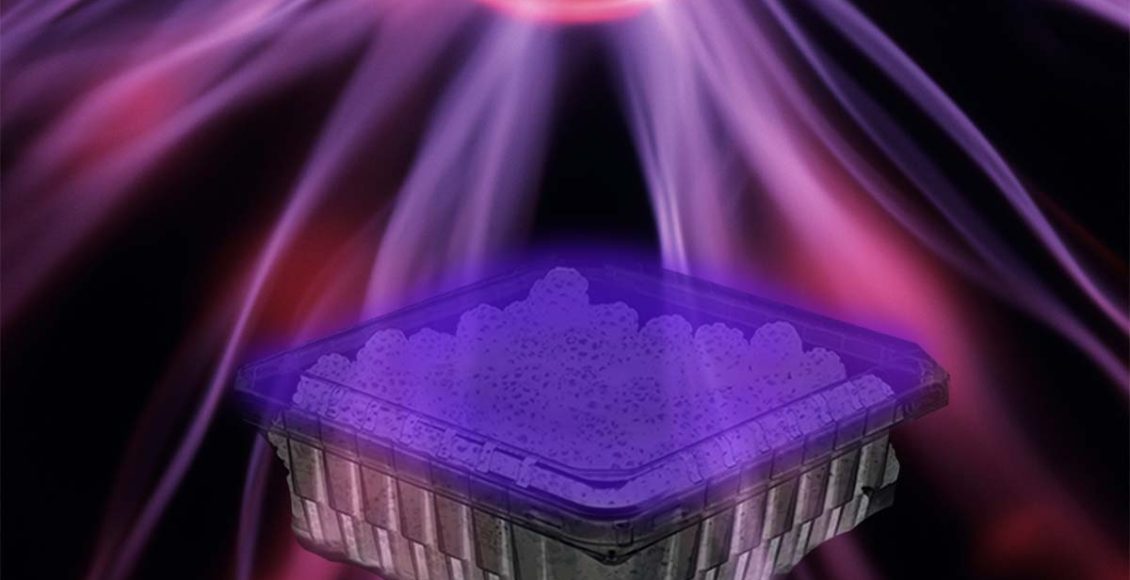
Cold Plasma – An emerging Seed treatment technology
Good quality seed has a significant potential of increasing productivity and enhancing food security. Seed treatments play a substantial role in improving plant health by inducing early germination and preventing seed borne pathogens and pests. Both chemical and biological seed treatments and coatings have the potential to overcome deleterious effects of biotic and abiotic stresses. Seed treatments are most effective when they are objective oriented and crop specific to ensure enhanced yields under changing climatic conditions. Significant research and development is being done by the industry in the field of seed treatments, and much of this technology is proprietary. Many biological seeds treatments are also being developed and marketed for pest management and as bio stimulants.
Innovation in seed treatment technology is crucial to combat the problem of climate change, develop resistance toward certain agrochemicals, and to stay ahead of competitors. Hence, seed industry is focusing towards developing and introducing new products through collaborations and innovations in new seed treatment technologies. There are number of pre-sowing treatments that are employed to enhance seed quality such as seed priming, coating and biological seed treatments, etc. Nonthermal plasma (NTP) or cold plasma, is an emerging eco-friendly technology to enhance seed germination, seedling vigor and to control seed borne pathogens and could be an alternative to chemical treatments. The development of lowtemperature plasma seed treatment technology can stimulate seed vitality, improve seed quality, and effectively enhance crop resistance to stress and plant growth, and thus increase crop yield. The cold plasma can be applied in two different ways i) Direct treatment of seeds and ii) indirectly treating the seeds with plasma activated water (PAW) or plasma acid. Glow discharge method is the most commonly used for generating plasma for seed treatment to improve seed quality, seed enhancement and to decontaminate pathogens from the surface of seed coat. It is based on non ionizing low-level radiation, that can activate the seed vitality without causing gene mutations and is quite different from space breeding or mutation breeding. Seed exposure to plasma also causes changes in the enzymatic activity and cause sterilization of seed surface.
The NTP seed treatment technology opens a new way for the application of plasma in crops. This is a quick, economic, and pollution-free method to improve seed performance, plant growth, and plant production. Seed coating thickness is a critical factor that can influence seed germination and the seedling vigor. Therefore, specific seed coating formulations have to be developed and evaluated for effective utilization in any plant species and agronomic purpose.
The technology has been demonstrated in various crops like wheat, beans, corn, barley etc and can improve all aspects of germination and plant growth efficiency by ensuring that each treated seed is in the best possible physical condition prior to sowing.
Various companies are offering solutions by developing equipment’s for treating agricultural grains and providing plasma seeds and related services for the cultivation of high quality, ecologically and genetically safe agricultural products. Literature and patents related to seed treatment devices, seed germination and seed growth using low/medium/atmospheric pressure discuss the role of non-thermal plasma (NTP) in stimulating germination and growth in plant seeds. NTP technology is becoming gradually popular in agriculture, particularly for seed treatment. Plasma chemistry can be altered by using different feeding gases and can lead to an increase in variation of seed coating technology compared to traditional methods. Studies have shown a positive effect on seed sterilization, presenting an elegant solution in reducing the amount of chemical pesticides, to reduce the burden on the environment and protect human health. NTP technology can enhance seed germination rate and plant growth and thus increase crop yields and can yield significant benefits to the farmers. This promising technology provides an option to seed companies for offering tailor made solutions for seed surface treatments to maintain high quality seeds and ensure their competitive position in agricultural markets. These technologies may be incorporated into IPM programs too allowing in reduction of seed borne pathogens while enhancing seed quality in a fast and cost effective way.
Author

Connect with Author at: E-mail agribusiness@sathguru.com
 Grow Beyond
Grow Beyond 

